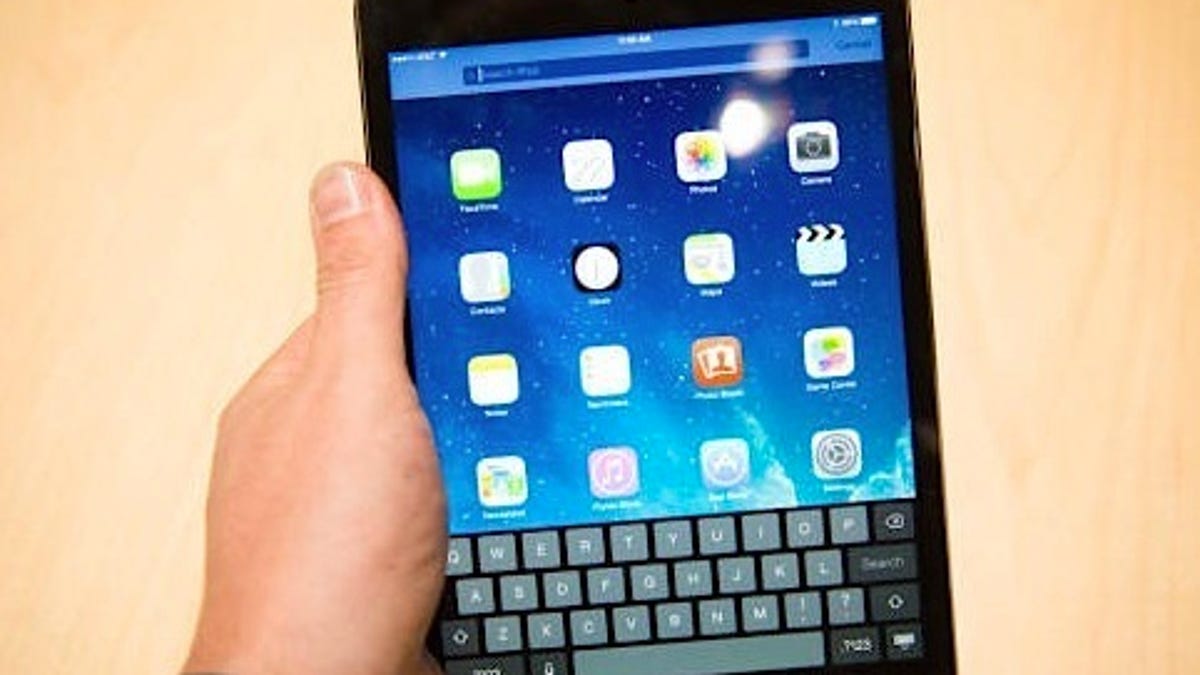Two simple reasons to consider the iPad Mini Retina
It's pretty easy to make a case for the iPad Mini Retina. In fact, I can boil it down to two reasons.

Wondering whether the iPad Mini Retina is worth it? Here's two good reasons.
This could be one of the shortest reviews of the iPad Mini Retina you'll ever read. But then, give me one strong reason to upgrade and it's usually a done deal.
I've always believed that the iPad Mini was one Apple's crowning achievements. Better than the iPod, better than the iPhone, and way better than the third- and fourth-generation iPads.
For me, it's the perfect tablet to hold and its 4:3 aspect ration is icing on the cake.
But it had a couple of small drawbacks -- both of which have been addressed by the Mini Retina.
Speed: As CNET's review shows, the Mini Retina with the newest Apple A7 silicon is considerably faster than the original Mini, which was a saddled with a relatively poky A5 processor.
"It's miles beyond last year's iPad Mini, performing up to 4 to 5x faster or even more depending on the benchmark," CNET said.
And I can attest to the speed difference after using the Mini Retina over the last 36 hours. (I waited and got the Verizon model -- which, by the way, hasn't been easy to get for customer pickup.)
It's a big enough difference in performance to make this the only reason to upgrade.
And rumor has it that Apple considered bringing out an iPad Mini with a faster processor sans the Retina screen to address this shortcoming (because Apple didn't believe it would have enough Retina displays for a 2013 release).
Retina: This is the reason that most people consider the new Mini, and of course it's a very good one.
The effect of the Retina display on the eyes can best be summarized by a couple of hard facts. The first Mini has a pixel density of 162 pixels per inch. The Mini Retina doubles that to 324 pixels per inch.
That's no mean feat on a 7.9-inch display stuffed into a 331 gram package with all-day battery life.
One of the best explanations of the difference in resolution (I've read) was made by a journalist writing for Nikkei. He showed (with a side-by-side of the Retina Mini and the original Mini) how Japanese characters are more resolved and easier to read.
He also made the case that the entire front page of the Nihon Keizai Shimbun (Japanese language) can be displayed and read legibly on the Mini Retina. That wasn't possible with the first Mini, he explained.
That obviously applies to English too. Clearer text is easier on the eyes.
Is the Mini Retina an absolutely necessary upgrade? No. To be honest, I know people who are perfectly happy with the original Mini and don't see a compelling reason to trade up. That's a testament to how good the original Mini was, though.

